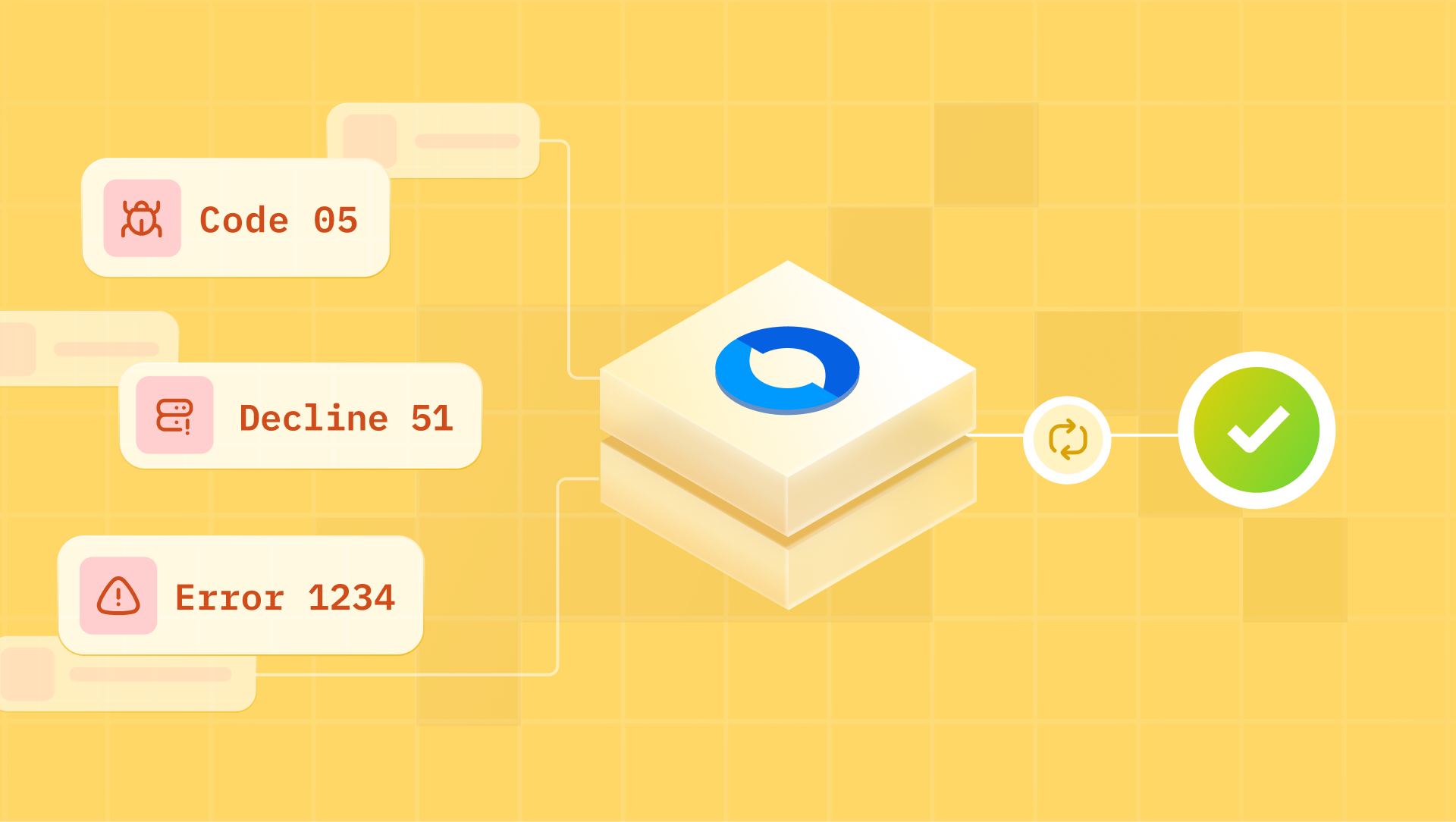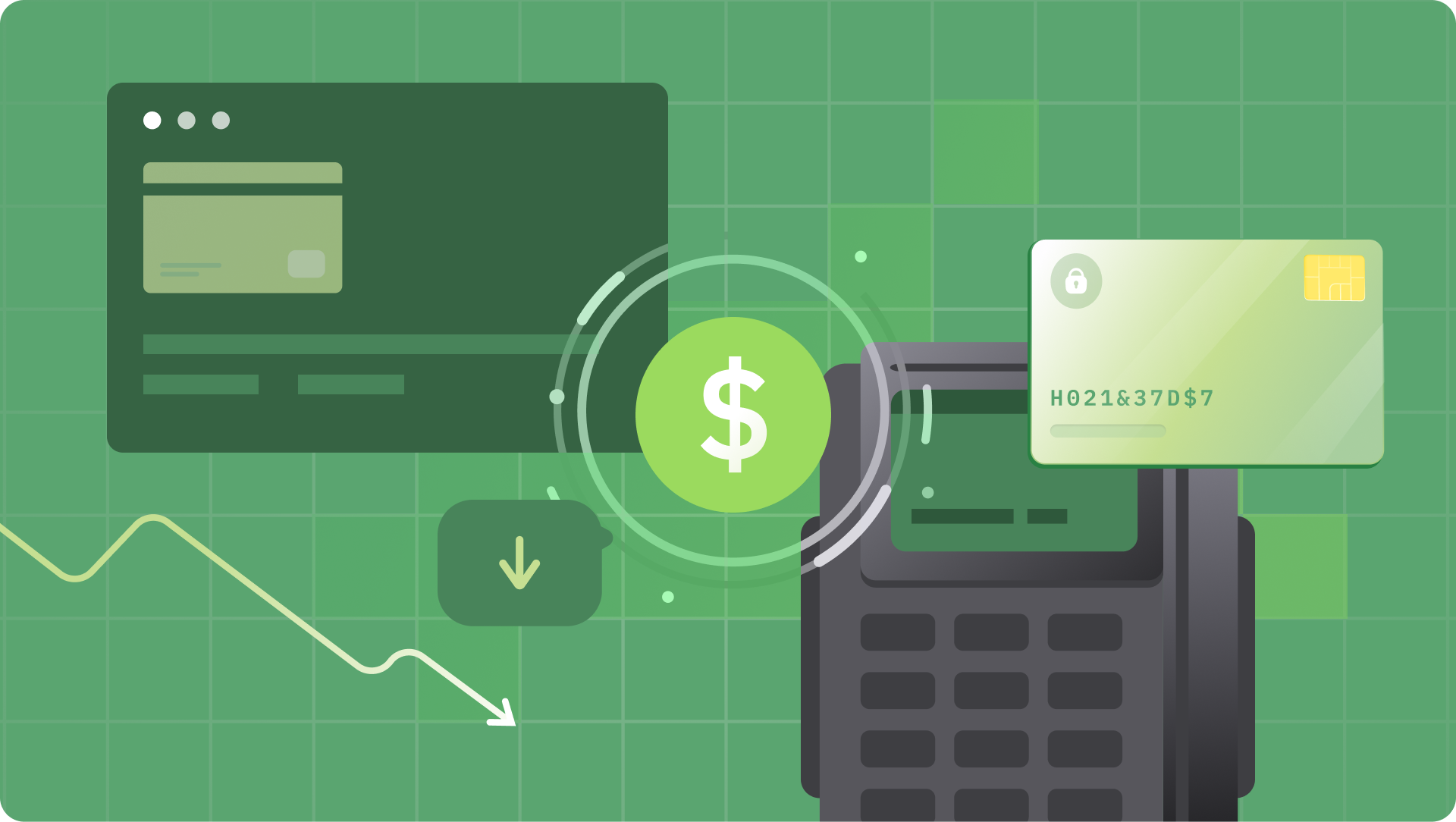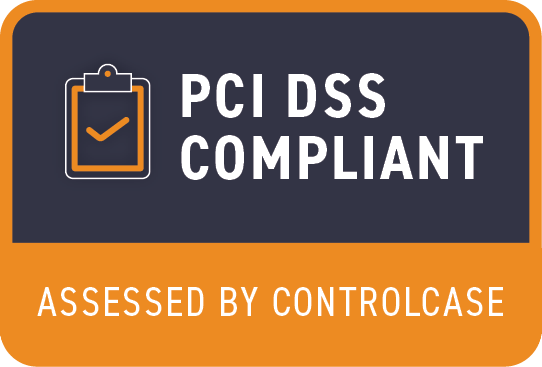The rise of e-commerce over the past decade has been nothing short of extraordinary. According to Statista, in 2023, 80% and 82% of US and European consumers have shopped online respectively. While various elements have contributed to the success of e-commerce, the cornerstone of this business model has been the assurance of secure money transfer from customers to the merchants via online payments. Payment Gateways play an important role in fulfilling the transfer of money between the concerned parties.
As an increasing number of businesses establish their digital footing, the demand for robust payment gateways shows no signs of abating in the future. But what makes these gateways so reliable? And why do they make a difference in how businesses operate? In this article, we cover all the questions you may have about payment gateways.
What is a Payment Gateway?
The moment you click the ‘Buy Now’ button to purchase a product online, you are redirected to a secure encrypted link. This is a unique, one-time link where you are required to fill in your payment details. It features various payment modes, such as debit cards, credit cards, or specific wallets. You are required to select one and fill in the details, such as the card number, expiry date, CVV number, etc. Once you make the payment, your order is securely processed.
This secure transfer of payment information from the customer to the acquirer is returned as a successful payment response back to the merchant. In simpler terms, a payment gateway serves as an intermediary between the merchant and the customer, allowing for a secure transfer of funds.
Working of Payment Gateways
The typical workflow of an online payment lifecycle has several steps. Here is a detailed breakdown:
- Initiation: A customer enters their details on the merchant’s checkout page. This may include their card details, e-wallet credentials or UPI identification.
- Data Encryption: The payment gateway encrypts the shared details and sends them securely to the payment service provider.
- Authorization: The payment service provider submits the transaction to the card network (Visa, MasterCard, etc.), which then sends it to the issuing bank for authorization.
- Response: Depending on whether the details are filled correctly, the issuing bank either approves or declines the transaction. Then, a response is sent back along the chain via the payment gateway.
- Settlement: Upon approval, funds are transferred from the bank to the merchant’s account, completing the transaction.
Know the Difference between a Payment Gateway and a Payment Service Provider
Payment gateways primarily focus on the secure transmission and validation of payment data during online transactions. They collect payment information and then share it with the Payment Service Provider (PSP).
Conversely, a Payment Service Provider (PSP) offers a broader spectrum of services. While including the functions of a payment gateway, PSPs typically provide additional features such as facilitating merchant accounts, implementing fraud prevention measures, and assisting businesses in accepting various alternative payment methods (APMs).
Types of Payment Gateways
- Redirect Payment Gateways: Redirect payment gateways direct customers to a different website to complete the payment process. After the payment is made, customers are redirected back to the merchant's website. Examples: PayPal, Amazon Pay
- Self Hosted Payment Gateways: With these gateways, the transaction data is collected on the business's/merchant’s website only without redirecting the user to complete the payment process. Examples: Stripe, Square
- API Hosted Gateways: These provide a seamless checkout process such that the customer does not have to leave the business’s website to complete the payment. The payment data is captured via application program interface (API). Examples: Braintree, Worldpay
- Local Bank Integration Gateways: These gateways integrate directly with local banks to process payments, often used in specific regions where local banking solutions are more prevalent. Examples: iDEAL in Netherlands, Bancontact in Belgium
How to choose a Payment Gateway for your business:
When selecting a payment gateway, consider the following factors to ensure it fits your business needs effectively:
- Type of Gateway: Determine which type of payment gateway is best for your business needs: self-hosted, redirect, local bank integrated or API-based.
- Security Features: Evaluate the security features offered, including PCI DSS compliance, fraud prevention measures, and encryption. Some gateways provide more advanced security than others.
- Ease of Integration: Assess how easily the payment gateway can integrate with your e-commerce platform or website.
- Supported Payment Methods: Consider the payment methods you currently accept and those you may want to accept in the future, including alternative payment methods.
- Cost Effectiveness: Compare the fee structures of different gateways. Look at transaction fees, monthly costs, and any additional charges to determine what fits your business best.
- Customer Support: Investigate the availability and quality of customer support. Ensure you have access to responsive support, especially since payment outages can be costly. Check if there are additional fees for support services.
Top Payment Gateways in Europe and the US
The payment gateway landscape in the US and Europe is dominated by a variety of robust providers, each offering unique features tailored to different market needs. Here’s an updated look at some of the top payment gateway providers across these regions:
PayPal
- Overview: One of the most widely used online payment systems, offering global reach and a variety of services for businesses and individuals.
- Features: Easy integration, secure transactions, supports multiple currencies.
Stripe
- Overview: A leading payment gateway known for its developer-friendly API and comprehensive suite of tools for businesses.
- Features: Customizable payment flows, recurring billing, and support for multiple payment methods.
Adyen
- Overview: A global payment company that offers end-to-end payment solutions and focuses on helping businesses grow.
- Features: Supports a wide range of payment methods, unified commerce solutions, and advanced fraud protection.
Square
- Overview: Known for its point-of-sale solutions and e-commerce integration, Square caters to small and medium-sized businesses.
- Features: Easy setup, robust reporting tools, and support for in-person and online payments.
Worldpay
- Overview: A major player in the payment processing industry, providing services to businesses of all sizes across the globe.
- Features: Extensive range of payment options, comprehensive fraud prevention, and detailed analytics.
Here is an interesting blog which talks in fair detail about integrating a business’s website with Stripe, Braintree and Adyen.
Choose Hyperswitch: Your payments companion to accelerate business growth
Hyperswitch, is a full stack payment infrastructure solution for your business that’s super light weight, reliable and scalable. Businesses with the help of Hyperswitch can integrate with multiple payment gateways to de-risk their payments and thus improve their success rates with the help of intelligent payment routing offered by Hyperswitch.
Hyperswitch can simplify your payment integrations and allow you to take full control of your payments.
Using Hyperswitch, you can:
- Improve success rates by 2-10% with seamless failover and auto-retries.
- Reduce dependency on a single processor like Stripe or Braintree.
- Increase business reach with local/alternate payment methods.
- Reduce processing fees by directly connecting to bank acquirers.
- Customize payment flows with full visibility and control.
- Reduce Dev effort to add & maintain integrations by 90%








